Southeast Wilderness Survival
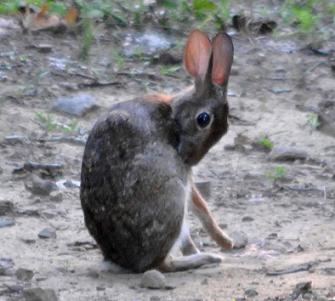
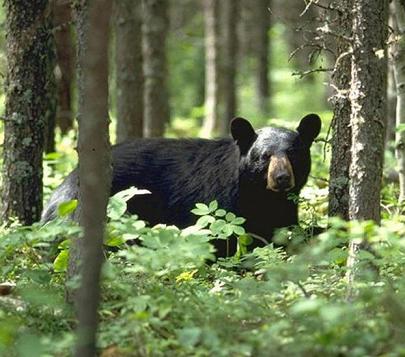
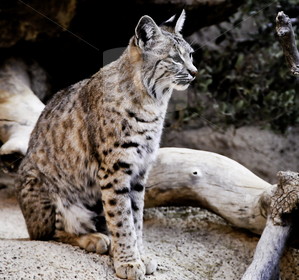
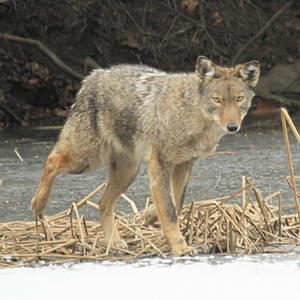

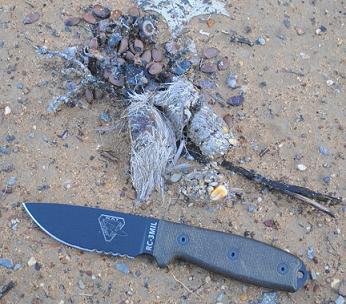
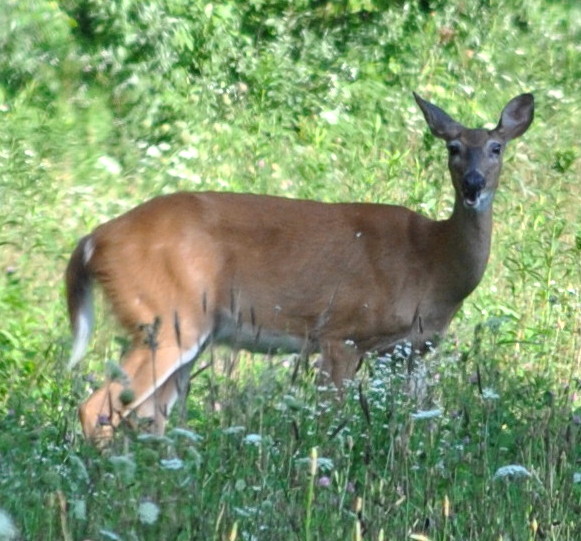
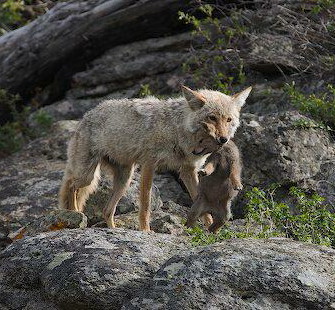
The color of the coyote's pelt varies from grayish brown to yellowish gray on the upper parts of the body, while the throat and belly tends to have a buff or white color. The forelegs, sides of the head, muzzle and paws are reddish brown. The back has tawny-colored under-fur and long, black-tipped guard hairs that form a black dorsal stripe and a dark cross on the shoulder area. The ears are proportionately large in relation to the head, while the feet are relatively small in relation to the rest of the body. Mountain dwelling coyotes tend to be dark furred while desert coyotes tend to be more light brown in color.
Coyotes typically grow to up to 30–34 in (76–86 cm) in length, not counting a tail of 12–16 in (30–41 cm), stand about 23–26 in (58–66 cm) at the shoulder and, on average, weigh from 15–46 lb (6.8–21 kg). Northern coyotes are typically larger than southern subspecies, with the largest coyotes on record weighing 74¾ pounds (33.7 kg) and measuring over five feet in total length.
Coyote
Coyote tracks are quite the common site in the forests of the southeast. You can often find them in open areas of muddy terrain after a rain.
Coyotes are omnivores by nature, their diets consist of small mammals, turkeys, quail, various berries, grains, and grasses.